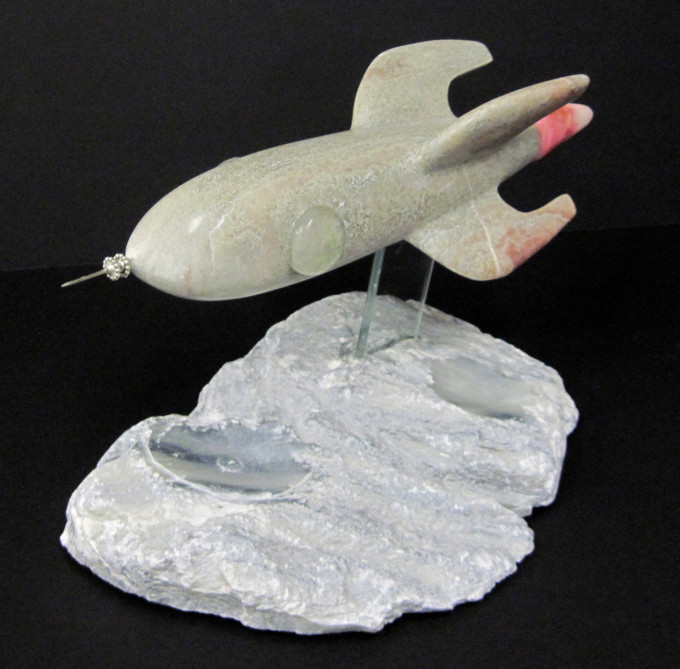
One of my favorites books is a little bestseller by the name of “Who Moved My Cheese”. I am sure even those of you who don’t spend a lot of time reading books have at least heard of it and know that the title refers to people, especially in business, who are so stuck in their ways that they get upset if something changes. Hence the title.
Those of us in our business know that this kind of thinking is especially true. In fact, it always makes me laugh when one of my innovative friends comes up with a new way to do something and is afraid that someone will steal his idea. I always tell him that no one in our business, especially a PCB engineer, has ever thought enough about someone else’s innovative idea to steal it!
I actually have come up with a list that I call “The 50 Reasons Why It Won’t Work” which lists all the reasons I have heard over the years why something new and innovative won’t work
Nesting comes to mind. That is the idea of building a panel of PCBs with multiple part numbers, something that a number of companies are now doing daily and at great profit I might add. Yet the idea when first proposed resulted in howls of laughter by the “don’t move my cheese” crowd.
Even the very idea of a process like the ASAP process, producing boards with sub one mil lines brought even more roars of laughter when it was initially proposed. Now some companies like American Standard Circuits are doing it on a daily basis.
Which leads to the new (only 17 years old to date) OCCAM Technology invented by my dear friend and industry genius Joe Fjelstad.
The reason this new 17-year-old technology has not caught on is that it is too big a chunk of cheese being moved too far to be accepted.
Now I’m not very technical but I will try to explain in my English Major way what OCCAM technology actually does. It eliminates solder. That’s it…it eliminates solder from the processes of building and assembling PCBs. Oh, and it builds component assemblies in reverse order with a “components first” approach. Still the same, but different.
So, what’s the big deal? Well, it is a very big deal and here’s why. Here are the benefits of OCCAM. First it will lower the overall cost of materials. It will reduce the basic footprint of a PCB factory. It will reduce the size and weight of the product. It will enhance the assembly process including EMI/ESD Protection, reduce problems with moisture, promote heat management and oh yes, provide a whole new suite of capabilities for product designers to dramatically improve the value of component assemblies, moving the industry up the value chain. And finally, even the most-narrow minded among us have to admit to the benefits of an electronics industry without solder.
As I said earlier, that’s a lot of cheese and a lot of movement. Actually, too much for most people in our industry to swallow. Too many changes at one time.
But the thing is this. It can and will work if we have the courage to move forward. If not now, then later, which leads me to ask, why not now? Why not adapt this solution to make the world and our industry a far better place?
Okay I can hear you scurrying to find that list of 50 reasons why this won’t work. I bet you are frantically adding another extra 50 reasons why it won’t work. But don’t bother. Over the last 17 years we have heard them all and more, much more. But during that time, we have also found as many reasons as possible why it should work, it could work, and it must work. We have heard it all, but we are still here, and we have a mission to move forward to make it work.
At Rice University on September 12, 1962, President John F. Kennedy declared, “We choose to go to the moon. We choose to go to the moon in this decade and do other things, not because they are easy, but because they are hard, because that goal will serve to organize and measure the best of our energies and skills, because that challenge is one we are willing to accept, one we are unwilling to postpone, and one which we intend to win.”
And of course, on July 20tht, 1969, we, the United States of America, landed on the moon.
Now it is our turn. It is time to leave the comfort zone and move forward with the courage, insight and passion to move our industry to the forefront of innovation and make that change to not only improve our own industry but the world as well. It’s only common sense.
Get in touch with me if you want to learn more.
